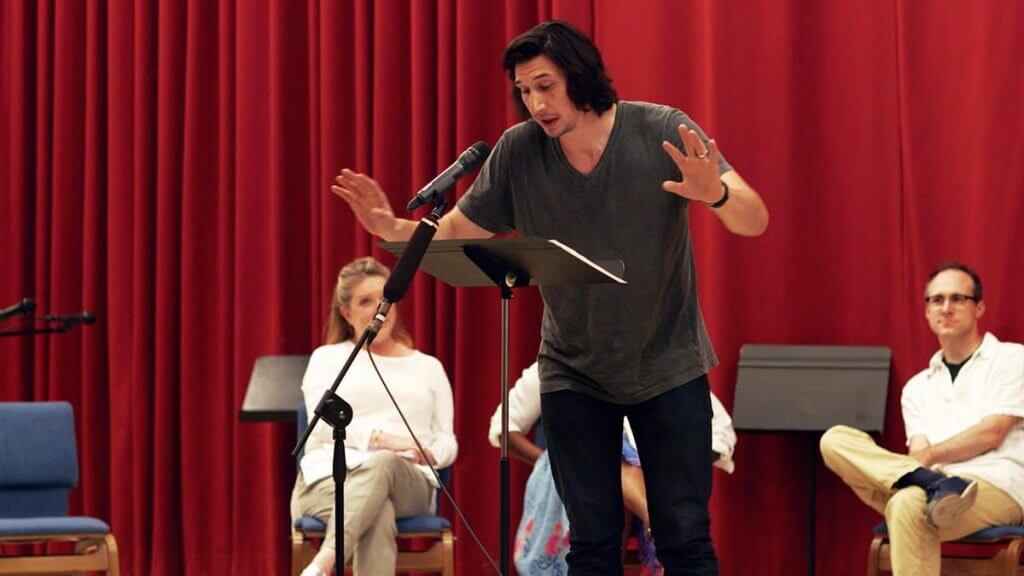If you’ve ever studied theater, you probably know that this form of art can impact your life in ways you never imagined. While reading an incredible play is an experience all by itself, watching one is even better. Adam Driver, founder of Arts in the Armed Forces, from “Girls,” and “Star Wars: The Force Awakens,” agrees. While Driver is a true Hollywood big shot now, he was actually a Marine not too long ago.
From Marine to Civilian
Driver was 18 on September 11, 2001, and just like many others, he wanted to serve his country. In an interview with NPR, Driver explains, “I felt if I was going to join the military, then I’d join the toughest one, so that’s why I joined the Marine Corps”. In his TED Talk, “My journey from Marine to actor,” Driver explains how the Marine Corps brought me his closest friends, but it all came to an end too soon for him. Right before he was about to deploy to Iraq, he dislocated his sternum in a mountain bike accident. Unfortunately, he had to be medically discharged. He explains that transitioning back to civilian life was challenging, but surprisingly, theater helped him through it. This is why he founded Arts in the Armed Forces.
The Power of Self-Expression
Arts in the Armed Forces is a program that performs theater for all branches of the military. While they perform in the US often, they also perform in US installations overseas, even in war zones, like Kuwait. Driver started this program to help servicemen put words to their feelings. He says, “The military and theater communities are actually very similar. You have a group of people trying to accomplish a mission greater than themselves; it’s not about you”. The plays that the groups perform are contemporary and performed as minimally as possible. Driver doesn’t use sets, lights, or costumes so he can emphasize what’s important: the language.
According to their website, the goal of Arts in the Armed Forces “is not simply to provide an enjoyable evening, but to use the powerfully emotional shared experience of live theater to open up conversations capable of bridging the divides between military and civilian, service member and family member, the world of the arts and the world of practical action”. Driver states, “It’s a powerful thing, getting in a room with complete strangers and reminding ourselves of our humanity, and that self-expression is just as valuable a tool as a rifle on your shoulder”.
Perhaps theater and the military seem like an odd pairing, it might be the perfect way to aid transitions.

